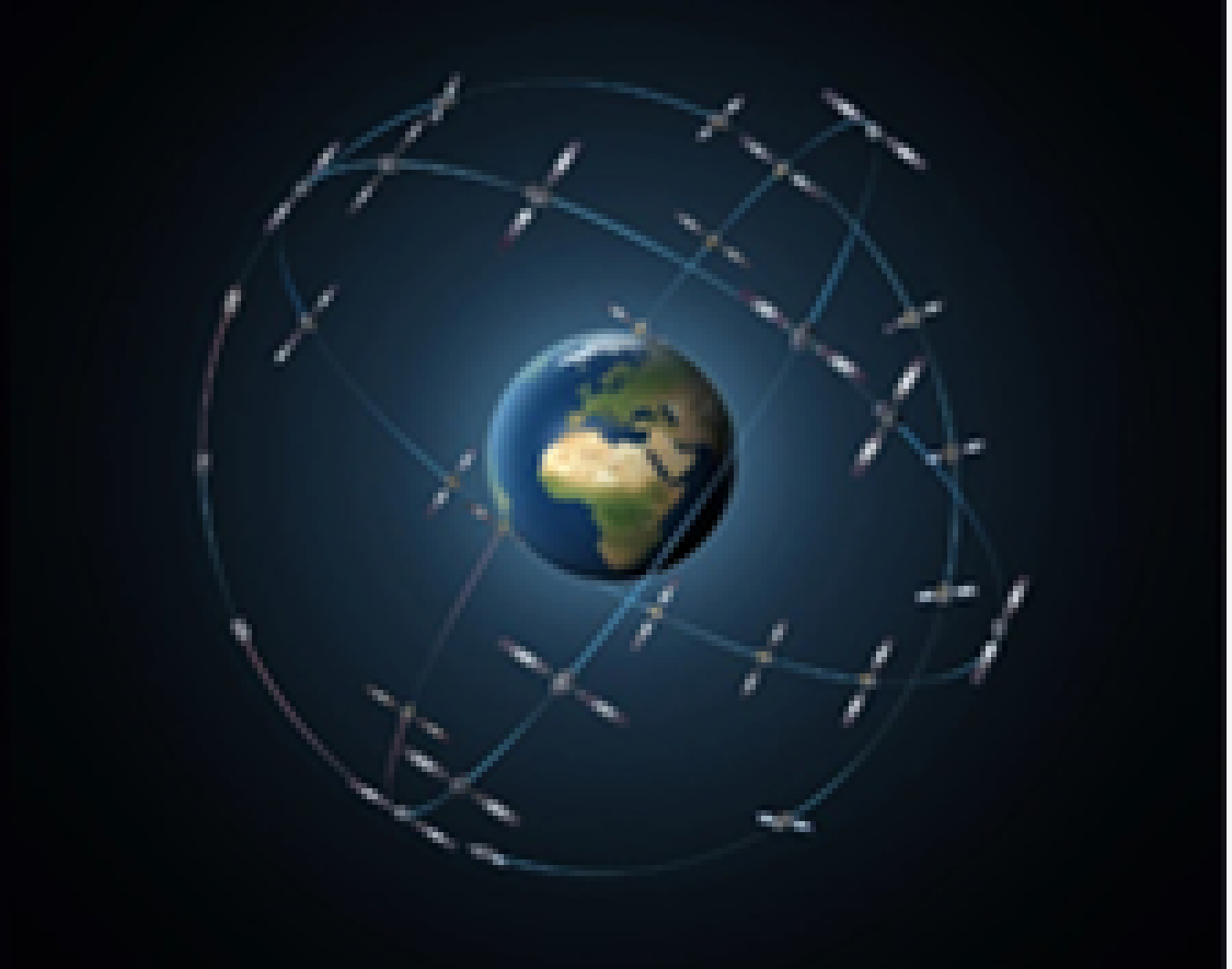
Meeting President Biden’s goal of 100% clean electricity by 2035 and a zero emissions economy by 2050 will require a change in the country’s energy mix. As more and more renewable and distributed generation resources are integrated into the grid, the need for more precise synchronization continues to increase. Advancements in position, navigation, and timing (PNT) services can significantly improve system reliability and security.
PNT services are critical to the energy sector and the electric grid, but also have a strong impact on additional critical infrastructure like mobile devices, multiple modes of transportation, precision agriculture, weather forecasting, and emergency response. As the threats to the security and resiliency of spaced-based time have grown, a collaborative, cross agency federal response in the form of Executive Order 13905, Strengthening National Resilience Through Responsible Use of Positioning, Navigation, and Timing Services, was issued on February 12, 2020. This Executive Order directs executive agencies to take various steps in improving PNT resiliency within their agencies. Space Policy Directive 7 formally admitted the Department of Energy to the National Executive Committee for Space-Based PNT on January 15, 2021.
The sources, distribution, and uses of PNT within the energy sector is largely up to the discretion of the owners and operators. There are a few regulatory requirements, but these pertain with timing accuracy relative to Universal Coordinated Time or UTC. This does not mean that a loss or manipulation of the timing source would not be without consequence to the operations or reliability of the systems. With the growing advantages of synchrophasors, and requirements of line differential protection schemes, comes the need for a wide area synchronized timing reference.
The PNT source that is primarily used for most if not all critical infrastructure is the Global Positioning System (GPS) as it is provided as a free service to users, it meets requirements regarding synchronization with UTC, it has been reliable, and it conforms to the needs of most users. Most users have built their needs for wide area synchronized time or requirements for communications, forensics and protective relaying around the performance of GPS, therefore GPS has become an integral part of modern infrastructure.
The following resources provide additional information on what DOE and the Federal Government are doing to improve PNT:
- Executive Order 13905, Strengthening National Resilience Through Responsible Use of Positioning, Navigation, and Timing Services
- Space Policy Directive 7 - The United States Space-Based Positioning, Navigation, and Timing Policy, January 15, 2021
- The National Executive Committee for Space-Based Positioning Navigation & Timing
- Department of Homeland Security, Best Practices for Improved Robustness of Time and Frequency Sources in Fixed Locations
- NISTIR 8323: Foundational PNT Profile
- Energy Sector Position, Navigation, and Time Cybersecurity Profile, PNNL-30780
- NERC Reliability Standards involving UTC:

